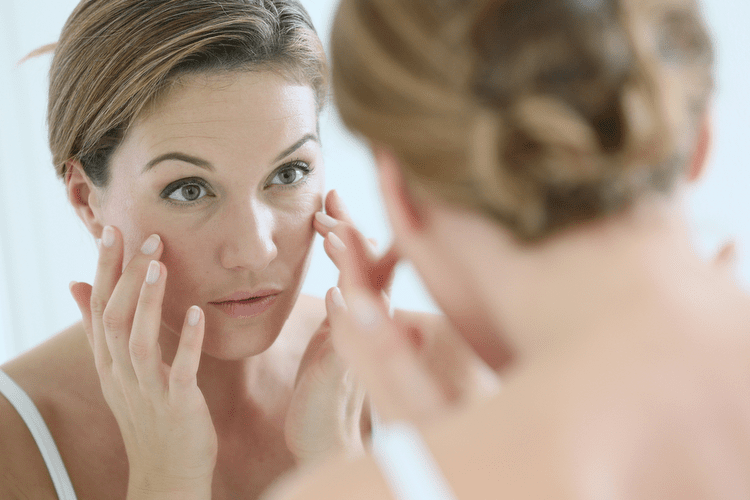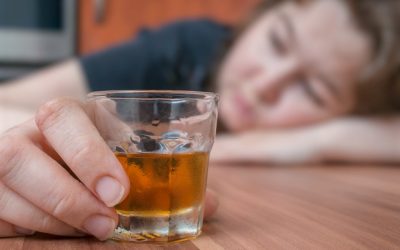Giving back to the community is a meaningful way to celebrate the spirit of Christmas. Volunteer at local charities or organizations, spreading joy and making a positive impact on others. Helping those in need can be a powerful reminder of the true meaning of the season.
- RTH was established as a 501(c)3 non-profit charitable organization
and remains a mission of Riverside Presbyterian Church. - For an added twist, pick a new game every time, learning and enjoying it with your loved ones.
- If you’re seeking additional support or resources on your journey to recovery, consider reaching out to Evolve Indy today.
- Find your own personal way to draw from the spirit of the season and return your holidays to their spiritual foundation.
- From Thanksgiving to New Year’s Day it’s the season for parties, family dinners, holiday events, work get-togethers, holiday open houses, and 24/7 socializing.
Reach out to your support network, whether it’s friends, family, or a sober community. Communicate your intentions to stay sober during Christmas and let them know how they can support you. Having a strong support system can make all the difference during challenging times. This holiday season get out and find new ways to celebrate; create new rituals and new traditions that will help redefine a joyful holiday season for you and those you love. Start by hosting a holiday gathering for special recovery friends and/or attend one of the many celebrations of your Twelve Step group. All of us in recovery were convinced in the beginning that there was no way we could ever handle celebrations and especially the holidays without having an alcoholic drink in our hands.
Focus on Gratitude
Please provide your business email which will be use for claim procedure. We will explore Twelve Days of Sober Living, offering practical tips and insights to make your Christmas joyful, meaningful, and free from the influence of substances.
Attend Sober Events
Embrace the role of holiday host with a twist – focus on non-alcoholic beverages. Experiment with recipes like spiced cider, cocoa with marshmallows or fruit punch. These beverages are just as delightful without alcohol and can add a warm touch to your gatherings. Creating a signature holiday drink can give you something exciting to look forward to every year. The holidays are such a special time, charged with a magic of its own, and the perfect time to evaluate your spirituality. Find your own personal way to draw from the spirit of the season and return your holidays to their spiritual foundation.
Sober Vibes Podcast
This Twelve Days of Sober Living guide is designed to empower individuals on the path to recovery to navigate the Christmas season with strength and serenity. Remember, maintaining a clean and sober lifestyle during the holidays is not only achievable but can also lead to a more fulfilling and meaningful celebration. By starting these new sober traditions, you’ll strengthen your resolve for recovery while paving the way for memorable, joyous holidays that focus on connection, fun and personal growth. Remember, you don’t have to miss out on the festivities to stay substance-free; you merely need to redefine them in ways that nurture and support you. Establishing new traditions that don’t involve alcohol or substances can be a refreshing way to celebrate Christmas. Whether it’s a festive movie marathon, a holiday crafting session, or volunteering at a local charity, finding sober activities that bring joy will help redefine the meaning of the season.
Discuss your plans, share your challenges, and seek guidance when needed. Avoiding old bad habits and traditions from addiction days can be difficult for recovering addicts who don’t have specific plans in place to stay sober. RTH provides an encouraging living
environment for those willing and able to return to meaningful employment and a
productive lifestyle but need the temporary support of a structured
environment. RTH was established as a 501(c)3 non-profit charitable organization
and remains a mission of Riverside Presbyterian Church. The Church retains ownership of the RTH and the strong financial support of
the Church and its members assure the continued operation of the mission. If you’re seeking additional support or resources on your journey to recovery, consider reaching out to Evolve Indy today.
Movie marathons are a great way to spend sober time with loved ones. Whether you’re a fan of classic holiday films, rom-coms, action-adventure or horror, the choice is yours. Get real-life advice and practical support, based on proven programs such as the 12-step model, along with cognitive behavior modification and faith-based work.
Acknowledge your progress, celebrate your victories, and remind yourself of the reasons you chose this path. Reflecting on how far you’ve come can serve as a powerful motivator balancing risks, benefits of alcohol during the festive season. Life in sobriety is beautiful and that alone is something to celebrate. Even though recovery is serious business, it’s really important to have fun.
The Time Is Now
Laugh a lot more, seeing the humor in everything going on and take from the celebrations of the holiday season what works for you…and leave the rest. From Thanksgiving to New Year’s Day it’s the season for parties, family dinners, holiday events, work get-togethers, holiday open houses, is it narcissism or alcoholism and 24/7 socializing. RTH is
located in a large, historic home constructed in 1915 in the heart of
Jacksonville’s Riverside-Avondale Historic District. At New Found Life, we understand the importance of supporting the Long Beach community, especially during the holiday season.
Shift your focus from what you might be missing to what you have. Practice gratitude daily by acknowledging the positive aspects of your life. This mindset can contribute to a more positive and fulfilling holiday experience. I really love this great sober tradition of writing a letter to at least one person who has touched your life in a meaningful way during the past year. In addition to it being a wonderful gift to the recipient, knowing that they have made a positive difference in your life, the letter reminds you how far you have progressed in your recovery. Residents are provided with three hot meals per day prepared
by our full-time cooks and bag lunches are provided for those going out to
work.
RTH has
kept pace with changes in alcohol and drug abuse treatment over the years and
many residents come to RTH directly
from treatment centers throughout the country. RTH offers an on site
counselor that spends time with each resident and emphasis is given to
reinforcing positive attitudes in mind, body and spirit. Organize a touch football game, a round of ultimate Frisbee or a group hike. If people express enough enthusiasm for the idea, consider setting up regular games or a tournament. It’s a fun, healthy way to enjoy outdoor fitness and can become a much-anticipated event. First step in recovery for those with moderate to severe alcohol abuse.
The holiday season is often synonymous with joy, celebration, and togetherness. However, for individuals on the path to recovery, the festive season can present unique challenges. Navigating Christmas while staying committed to a sober lifestyle requires a thoughtful approach and a set of strategies to ensure a clean and serene celebration. Though the holidays should be festive, all the gatherings and expectations can challenge your commitment to recovery. The abundance of potential stressors and triggers makes it critical to establish new traditions that align with a sober lifestyle.
Build a Support System
Contact Evolve Indy today to take the next step towards a brighter tomorrow. Physical activity is an excellent way to release endorphins and boost your mood. Consider incorporating regular exercise into your Twelve Days of Sober Living. Whether it’s a brisk walk, a workout class, or a home exercise routine, staying active can positively impact your mental and emotional well-being.
Their dedicated team is ready to assist you in building a strong foundation for a healthier and happier future. May your Christmas be filled with joy, connection, and the strength that comes from embracing a sober life. Start the holiday season by reflecting on your journey to sobriety.
Traditions Transitional Living helps you learn self-structure and personal accountability so you can start a productive life. At Traditions Transitional Living, we’ll help you dig how to safely detox from alcohol at home deep to find it. We’ll make sure you have a relapse prevention plan in place for yourself. Getting well requires a comprehensive plan of action such as a 12-Step-centered program.




